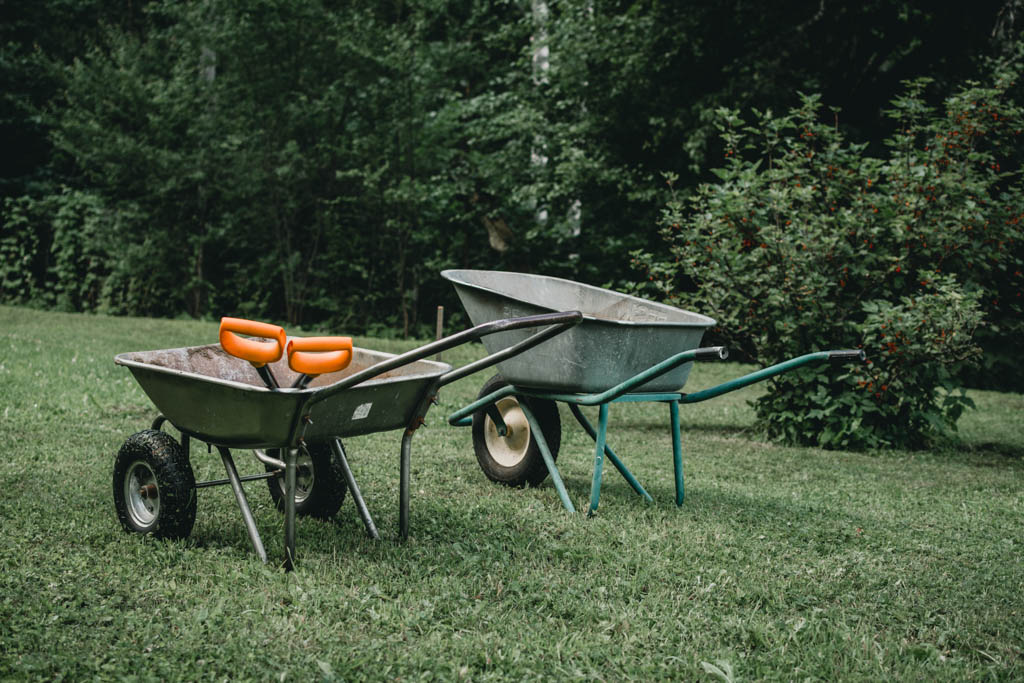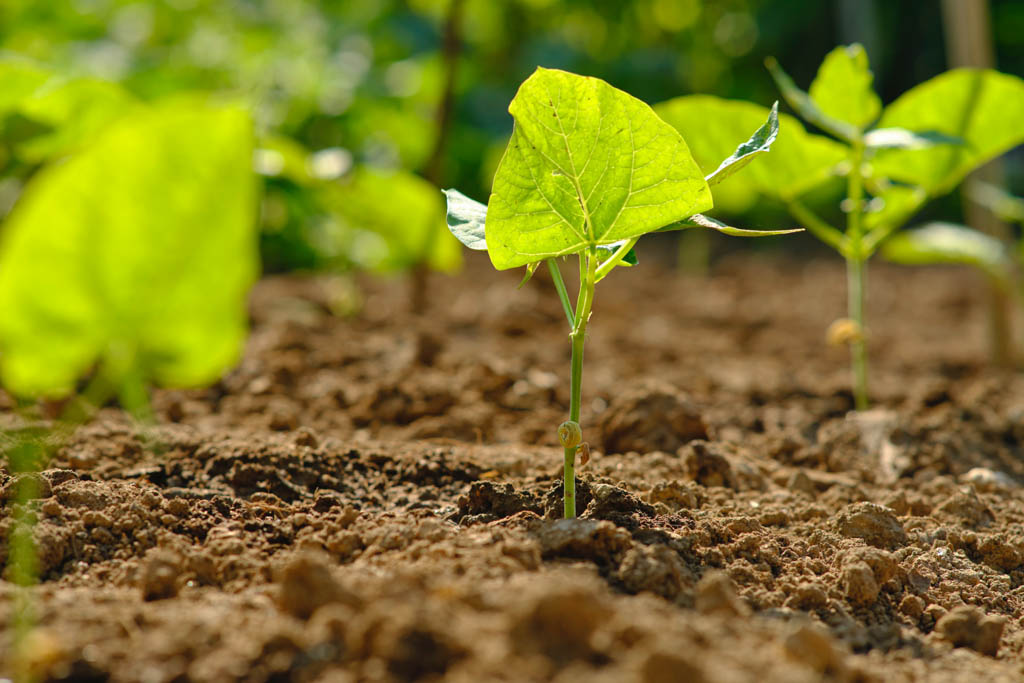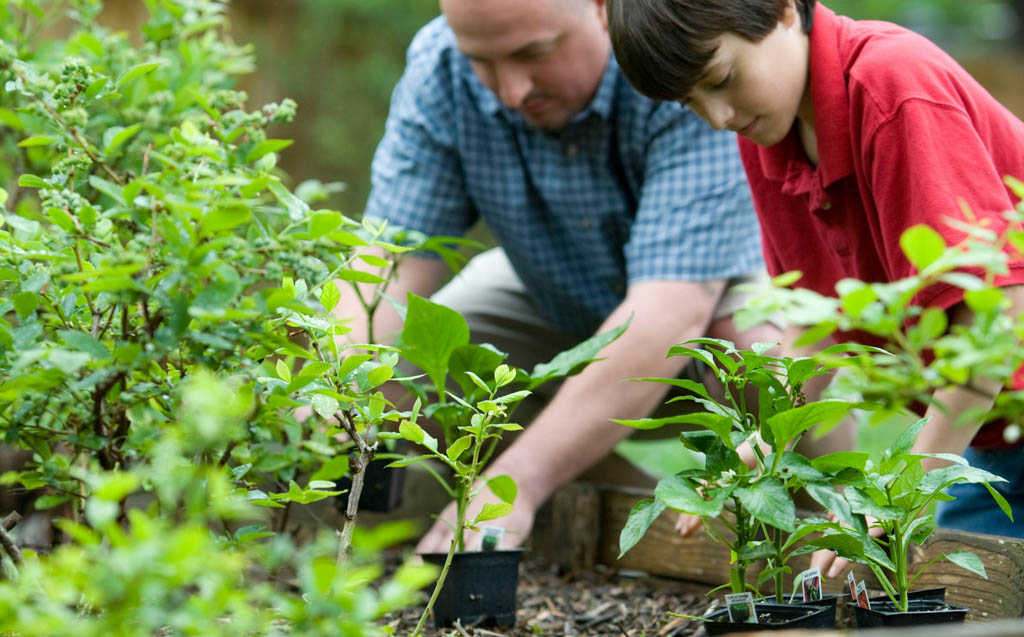Gardening is a hobby that just about anyone with an outdoor space can enjoy. You don’t need to be a professional to get it right; trial and error is all part of the experience!
If you’re new to the world of gardening and struggling to know where to begin, these ten gardening tips for beginners will help you get started.
Gardening Tips For Beginners
From building a gardening toolbox to understanding soil types, there’s plenty to get your head around when gardening as a beginner. Read on to discover ten reliable gardening tips that will support you every step of the way.
1. Get The Right Gear
You will inevitably get a bit muddy when gardening, but planting with your bare hands is a surefire recipe for disaster. With this in mind, to get the most out of your gardening experience, consider buying some basic gardening tools.
For beginners, essential gardening tools include:
- Waterproof gloves
- Spade
- Hand trowel
- Rake
- Hose or watering can
- Wheelbarrow

While there are hundreds of gardening tools available to buy, the above will allow for basic gardening to take place. As long as you can protect your hands, dig in the ground, and water your plants – you’re good to go!
2. Test Your Soil
Gardening isn’t a science, but some elements to it will make you feel like you’re back at school. Before buying seeds or plants, it’s important to ensure that the soil in your garden is healthy enough for growth. You can do this by purchasing a soil test kit. Soil test kits efficiently measure the pH level in your garden.
Understanding your soil’s pH level is crucial to know, as some fruits and vegetables cannot tolerate certain levels. Ideally, your soil needs to sit between 6.5 and 7 for optimal growth. If the pH level is too high or too low, you may have to reconsider where to plant your seeds.
3. Plan Before Planting
Gardening is all about making your outdoor space look presentable. With this in mind, it’s recommended to make a plan before digging up the ground.
Whether you sketch your plan out onto paper or use a digital design, pinpoint exactly where you plan to plant your bulbs. This will help to quickly establish what works well and what should be moved.
While gardening certainly does allow room for spontaneity, sticking to a plan will give you peace of mind and structure. You’ll know exactly what the end result should look like, avoiding the stress of re-digging further down the line.
4. Make Sure Your Plants Have Space
When sketching out your garden plans, remember to give your plants plenty of space to breathe. Crowding plants together will stunt their growth and make them more susceptible to disease.

If you are unsure about how much space a plant needs, a simple Google search should reveal all you need to know. You may find that you can team plants closer together over time, but as a general rule of thumb, allow for plenty of space to begin with.
5. Always Soak Your Roots
To give your plants the best chance of growth, soak their roots before planting. This will encourage the plants to absorb nutrients from the soil as soon as possible, rather than waiting for moisture further down the line.
It’s also worth keeping in mind that the hole should always be bigger than the plant’s root. While this may seem obvious, many gardening fails are a result of the roots not having enough space to spread.
6. Label Your Plants
As you gain more experience with gardening and familiarity with your yard, you’ll naturally know what’s planted and where. However, to keep things in check, it’s worth labelling your plants as a beginner.
Make little labels and pop them into the soil next to the thing you have planted. If buying from a garden centre, your plant should come with a pre-made label you can use. Just ensure that the label is made from waterproof material that won’t deteriorate in harsh weather conditions.
7. Water With Caution
The hardest job that comes with gardening is keeping everything alive. Many people assume that this involves watering their garden every single day, but this couldn’t be further from the truth.

Plants cleverly take natural moisture from the earth, meaning they are not designed for man-made interference. With this in mind, avoid overwatering your plants, as this could kill them in an instant. The only plants that require frequent watering are container plants.
When doing your daily – or weekly – checkup of the garden, poke your fingers into the soil surrounding the plant. If the soil feels incredibly dry, carefully water it until moist. If the soil already feels moist, leave the plant as is and let nature run its course.
8. Weeds Are Not Your Friend
Unfortunately, weeds may pop up in your garden from time to time. This is not good news, as they steal the nutrients that your plants need to grow.
The trick here is to deal with weeds as soon as they arise, rather than leaving them to fester. Unlike the rest of your garden, you don’t have to be gentle when removing them.
When weeding, make sure that you remove the whole root to avoid infestation. If any seeds end up intertwined with the weeds, throw them in the compost. Weeds are like the plague – they will ruin everything they touch.
9. Have Patience
Gardening is all about patience. Once you’ve planted everything, it becomes more of a waiting game than a hobby. However, when done correctly, the results are always worth it.
As soon as seeds start to sprout and plants start to grow, the excitement will start to kick in. You’ll soon have a beautiful garden to take pride in!
10. Make Note Of Progress
Gardening works with the seasons; what grows well in spring, might not perform so great in autumn. While this can be frustrating, it opens up the opportunity for a year full of gardening fun!
Making notes of progress throughout the year will help you establish what works well and what could do with improving. As the years go by, your garden will soon become a constant masterpiece.
It’s Time To Get Outside!
With this beginner’s guide to gardening in mind, nothing is stopping you from starting your new venture. As mentioned earlier in this guide, gardening is all about trial and error, so don’t be afraid to take risks! Your garden is your personal space; you’re in control of how it looks.








